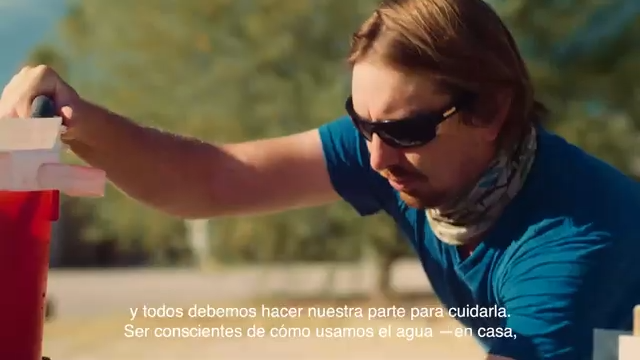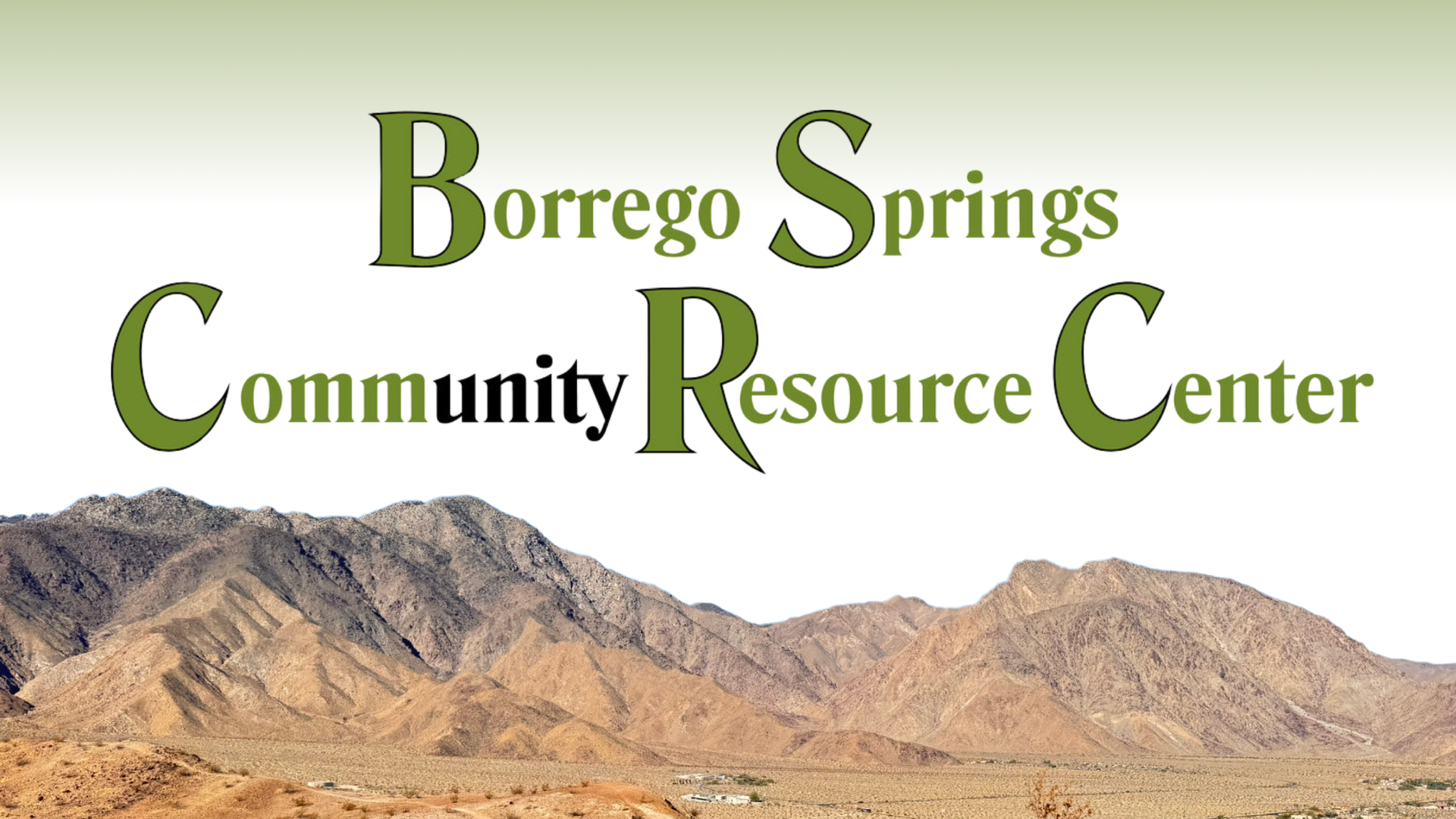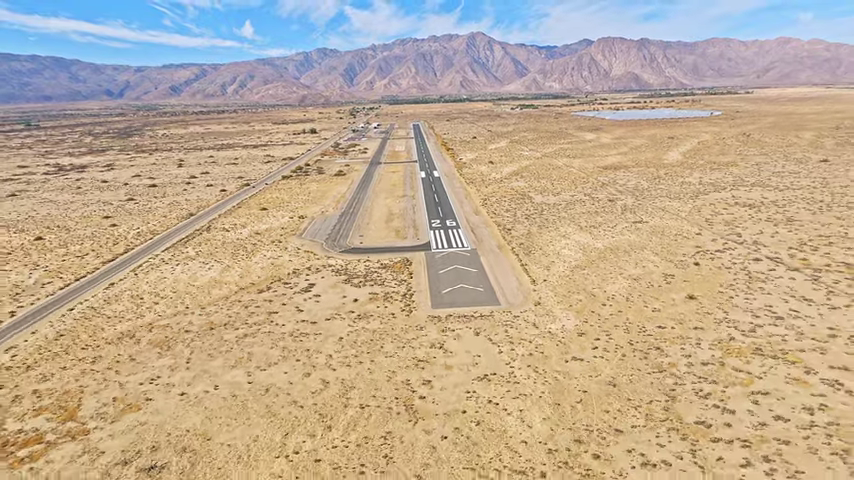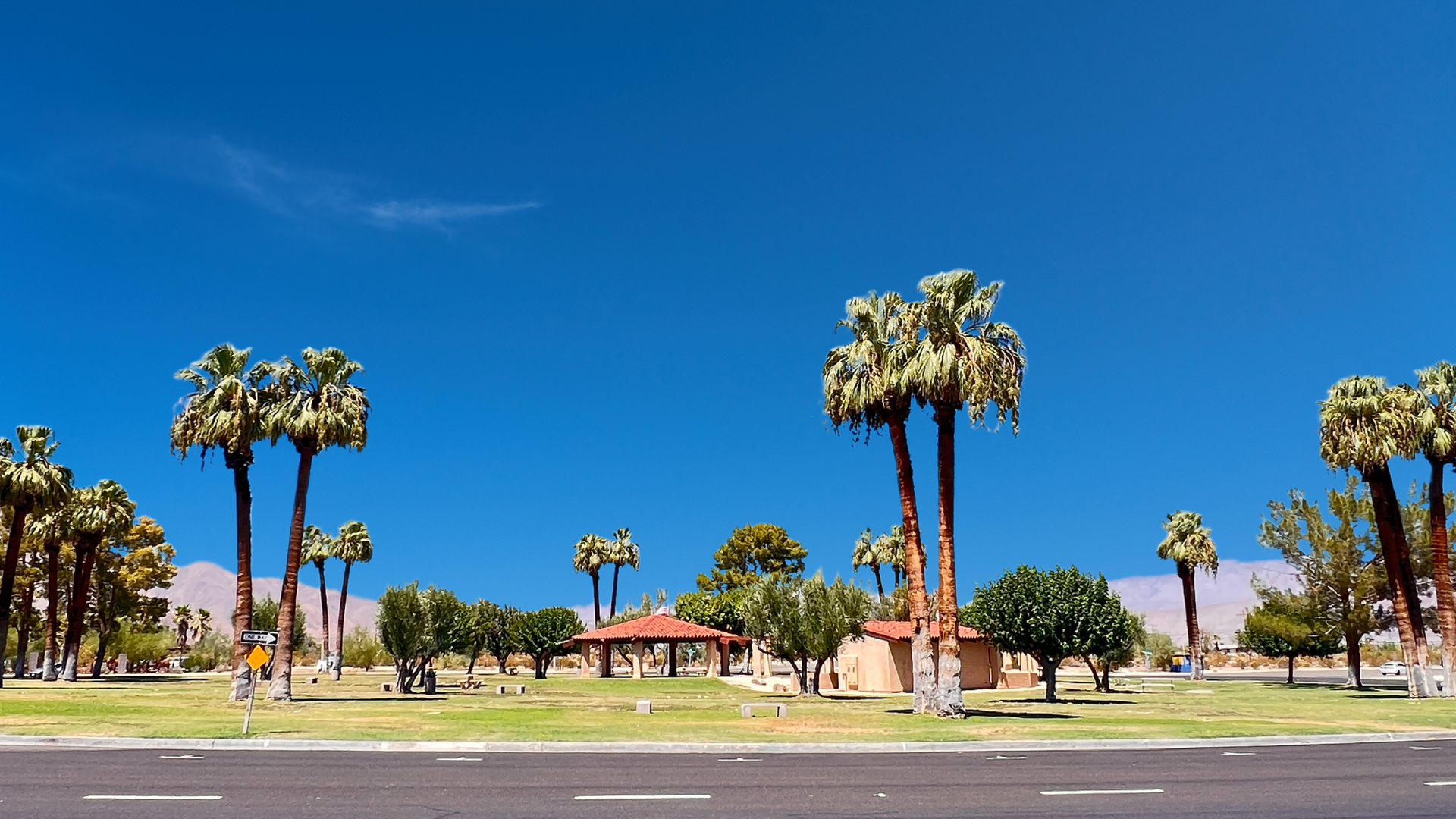Air Quality in Borrego Springs
Share
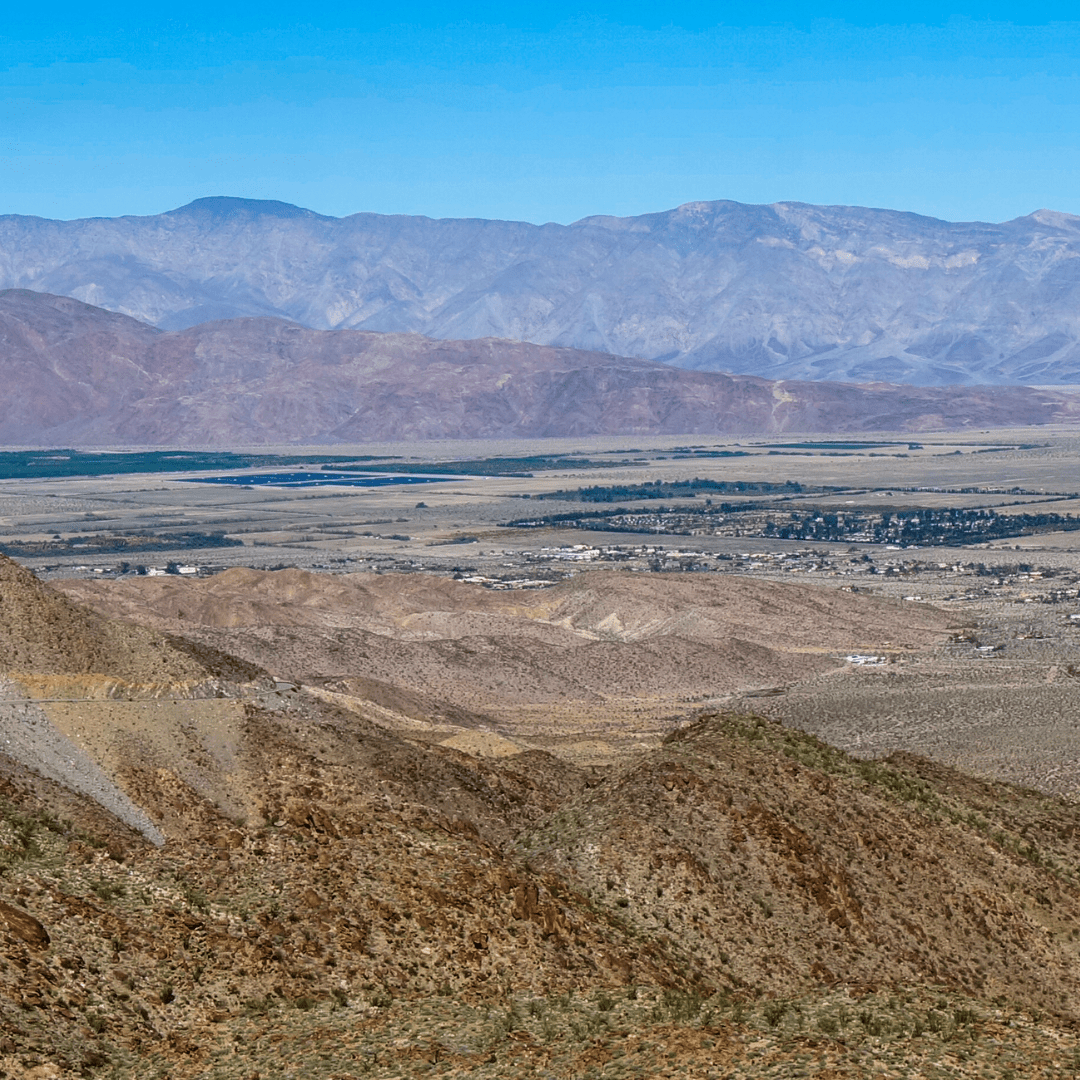
Borrego Springs beauty is one of its main draws
However, maintaining the pristine air quality in the valley is crucial to preserving that beauty and safeguarding residents’ health.
In this article, we will explore how air quality is measured and why it is so important to prioritize it in Borrego Springs.
How is Air Quality Measured?
Air quality is measured using a system called the Air Quality Index (AQI). The AQI measures the levels of five pollutants in the air: ground-level ozone, particle pollution, carbon monoxide, sulfur dioxide, and nitrogen dioxide. The higher the AQI number, the more polluted the air is, and the greater the health risk to those exposed to it.
Why is Air Quality Important?
Poor air quality is a serious concern, and the effects it can have on our health should not be taken lightly. Here are some of the negative impacts of poor air quality on human health:
- Respiratory issues: Poor air quality can cause a variety of respiratory problems, including coughing, wheezing, shortness of breath, and asthma attacks. This is because pollutants in the air can irritate the lungs and airways.
- Heart disease: Poor air quality has been linked to an increased risk of heart disease, including heart attacks and stroke. This is because pollutants in the air can enter the bloodstream and cause inflammation throughout the body.
- Cancer: Exposure to certain air pollutants has been linked to an increased risk of lung cancer and other types of cancer. This is because these pollutants can damage DNA and other cellular structures, leading to mutations that can cause cancer.
In addition to these health impacts, poor air quality can also diminish the quality of life for residents and visitors to the area. For example, it can reduce the visibility of the mountains and natural landscapes that make Borrego Springs so appealing. This can be a particular concern for tourists, who come to the area to enjoy the natural beauty and outdoor activities.
It is important to note that agriculture can also have impacts on human health, particularly when it comes to exposure to pesticides and other chemicals. These chemicals can enter the air and water, and can be harmful to human health if they are ingested or inhaled. It is important for farmers and agricultural workers to take steps to minimize their exposure to these chemicals, such as wearing protective gear and following safe handling procedures. Additionally, it is important for regulators and policymakers to take steps to reduce the use of harmful chemicals in agriculture, in order to protect human health and the environment.
Air Quality in Borrego Springs
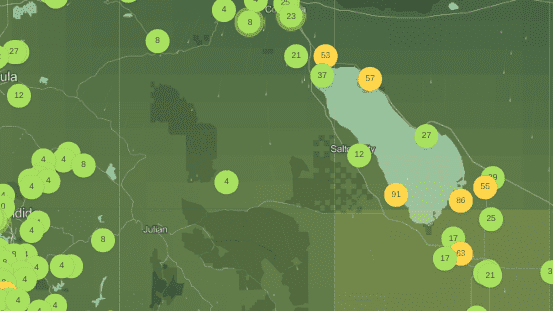
Borrego Springs is a beautiful desert town in Southern California that is well known for its stunning natural landscapes, recreational opportunities, and vibrant community. However, it is also subject to air pollution from various sources that can affect the air quality in the area.
According to the IQAir AirVisual 2021 World Air Quality Report, the annual average PM2.5 concentration in Borrego Springs is 11.8 μg/m³, which falls within the moderate range of air quality. PM2.5, or fine particulate matter, is a type of air pollutant that can have significant negative effects on human health. Exposure to high levels of PM2.5 can cause respiratory issues, heart disease, and even cancer.
Although the overall air quality in Borrego Springs is generally acceptable, there are certain periods where it can become unhealthy due to various factors. For example, agricultural burning is relied upon to reduce the heavy levels of slash caused by tree trimming, palm frond grooming, and the removal of wind-damaged trees. While this is necessary to maintain the health of the local ecosystem, it can also create heavy smoke that fills parts of the valley and diminishes air quality.
In addition to agricultural burning, dust from grading, fallowed agricultural lands, and off-road recreational vehicle use can also contribute to poor air quality in Borrego Springs. During busy tourism periods, such as Thanksgiving, Christmas, President’s weekend, and Spring Break, the number of off-road vehicles can increase significantly, raising large amounts of dust that contribute to poor air quality.
It is important for residents and visitors to monitor air quality levels in Borrego Springs and take precautions during times of poor air quality. This may include avoiding outdoor activities during periods of high air pollution, wearing protective masks or respirators when necessary, and supporting policies and programs aimed at reducing air pollution in the area.
How does the air quality in Borrego Springs compare to East County San Diego?
According to IQAir’s 2021 World Air Quality Report, Borrego Springs had an average PM2.5 (fine particulate matter) concentration of 6.9 µg/m³, which is considered “good” by the US Environmental Protection Agency (EPA) standards. This means that the air quality in Borrego Springs is generally healthy and poses little risk to human health.
In comparison, East County San Diego had an average PM2.5 concentration of 9.7 µg/m³, which is also considered “good” by the EPA, but slightly higher than Borrego Springs. This suggests that the air quality in East County San Diego is still relatively healthy, but may pose slightly more risk to human health than Borrego Springs.
It’s important to note, however, that air quality can vary widely depending on weather conditions, location, and other factors. While the overall air quality in Borrego Springs and East County San Diego may be considered “good,” there may be certain areas or times when the air quality is lower and poses a greater risk to human health. It’s always a good idea to stay informed about air quality in your area and take appropriate measures to protect yourself when necessary.
North County San Diego vs Borrego Springs: A Comparison of Air Quality Levels
When it comes to air quality, Borrego Springs and North County San Diego have some differences. According to data from IQAir, Borrego Springs generally has lower air quality than North County San Diego.
In terms of particulate matter 2.5 (PM2.5), which refers to tiny particles in the air that can cause health problems when inhaled, the average annual level in Borrego Springs is 10.5 µg/m³. In comparison, the average annual level in North County San Diego is 8.3 µg/m³. This suggests that North County San Diego has slightly better air quality than Borrego Springs when it comes to PM2.5.
However, when it comes to ozone pollution, Borrego Springs actually fares better than North County San Diego. Ozone is a harmful gas that can cause respiratory problems when inhaled, and it tends to be more prevalent in warmer climates. The average annual level of ozone in Borrego Springs is 38.3 ppb (parts per billion), while the average annual level in North County San Diego is 42.7 ppb. This suggests that Borrego Springs has slightly better air quality than North County San Diego when it comes to ozone pollution.
It’s worth noting that air quality can vary depending on a number of factors, including weather patterns, human activity, and geographic location. While these averages suggest that North County San Diego generally has slightly better air quality than Borrego Springs when it comes to PM2.5, and Borrego Springs fares better than North County San Diego when it comes to ozone pollution, there may be specific locations within each region that have higher or lower levels of pollution. It’s important for residents and visitors to both areas to stay informed about air quality conditions and take steps to protect their health when pollution levels are high.
What is Being Done to Improve Air Quality in Borrego Springs?
The Borrego Springs Community Plan has identified air quality as a significant issue and has set goals and policies to address it. Implementation measures include reducing wind-blown dust pollution, restoring fallowed farm land, and limiting off-road riders during pollution periods. Air quality monitoring stations have also been installed to detect poor air quality episodes and pinpoint sources of pollution, allowing for swift action to be taken to restrict or alleviate such activities.
In conclusion, living in Borrego Springs means enjoying the breathtaking beauty of the area, but it also means prioritizing air quality. By understanding how air quality is measured and what is being done to improve it, we can work together to ensure that the air we breathe is safe and healthy for all.



